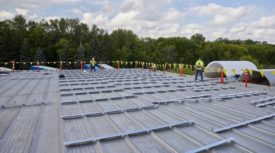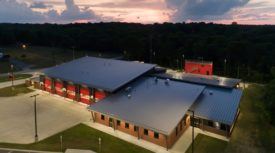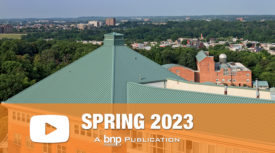Metal Roofing Materials
Architectural metal panel roof systems, structural metal panel roof assemblies, and cladding, as well as related components such as flashing, trim, gutters, downspouts and scuppers.
ARTICLES
Enhance your expertise with unparalleled insights.
Join thousands of building professionals today. Shouldn’t you know what they know?
SUBSCRIBE TODAY!Copyright ©2024. All Rights Reserved BNP Media.
Design, CMS, Hosting & Web Development :: ePublishing

.jpg?height=168&t=1718135446&width=275)
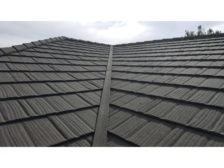
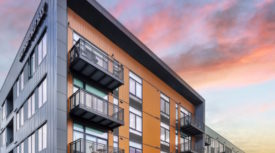
.jpg?height=168&t=1699616949&width=275)


